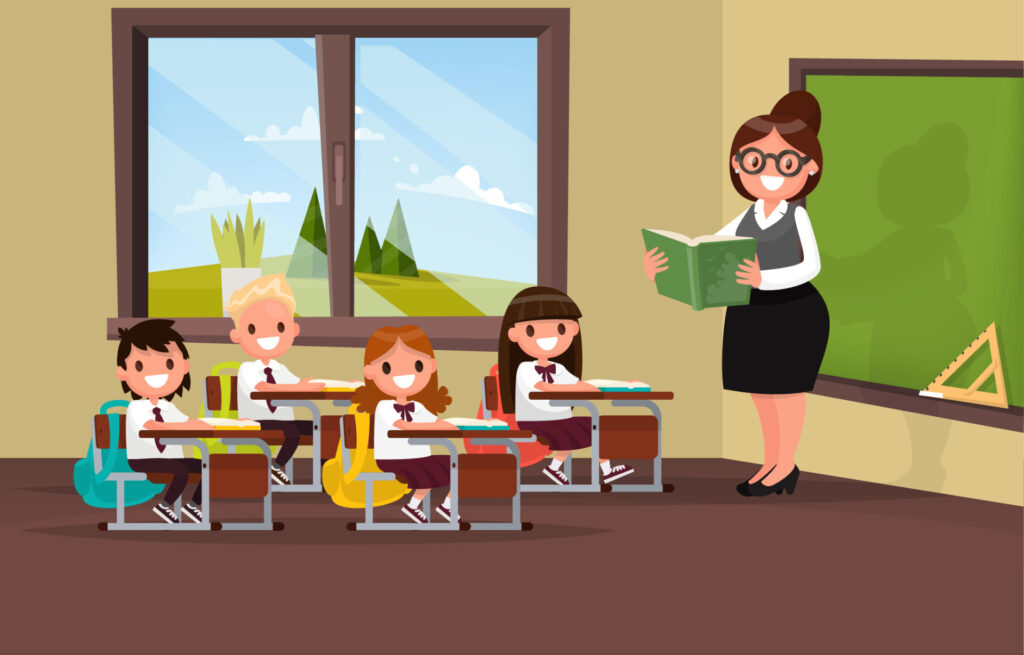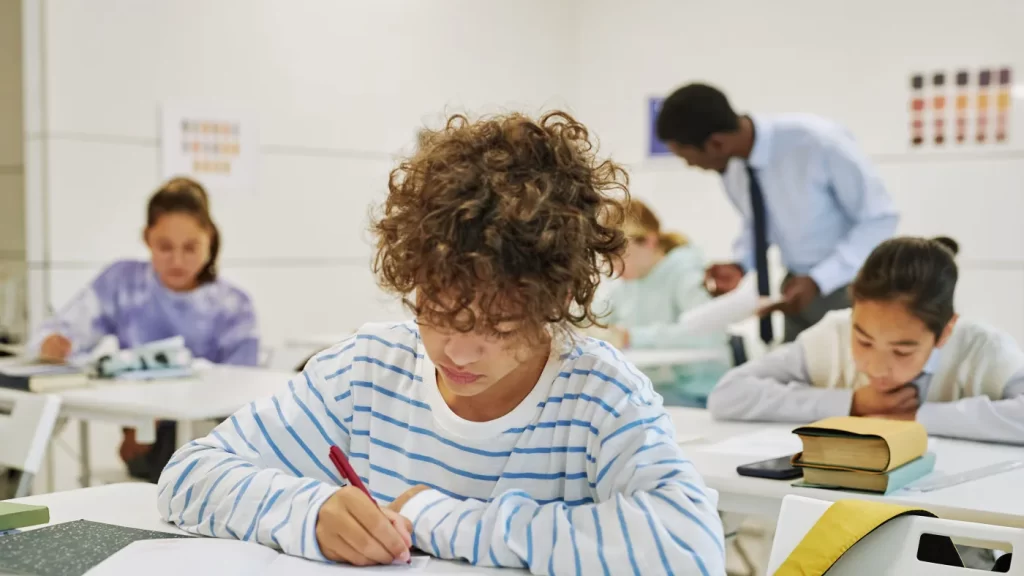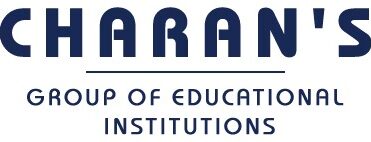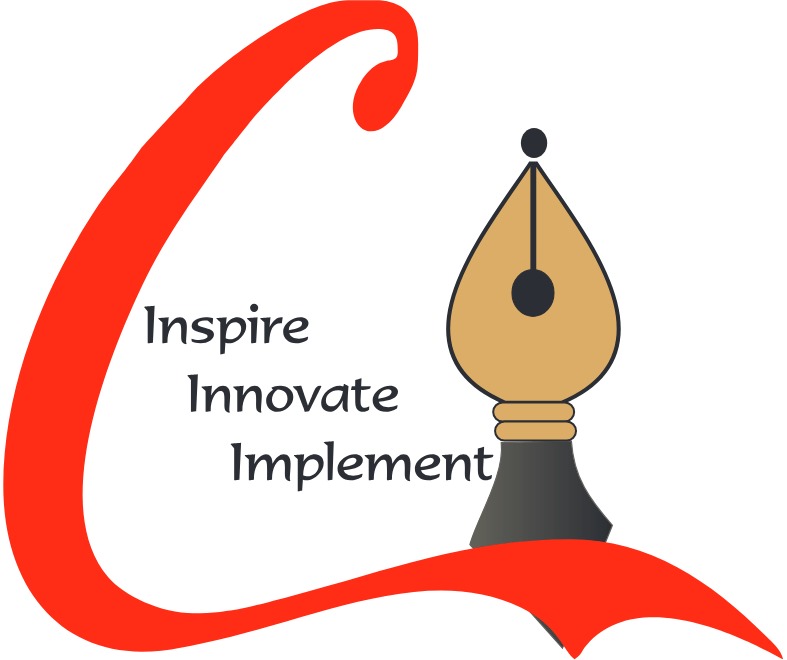To help students avoid plagiarizing, high school teachers can foster an environment where honesty and respect are values held in common.

When I encounter academic dishonesty in my classroom, I experience a complex blend of emotions: disappointment, sadness, and a profound sense of collective responsibility. These situations prompt introspection, compelling me to question my effectiveness as an educator, despite reassurances from peers that I am not to blame.
In my role as a high school history teacher, I assume more than the responsibility of imparting knowledge. I remain committed to educating individuals who embody integrity in all areas of their lives. I seek to cultivate an environment where honesty and respect are as important as the knowledge itself, ensuring that the commitment to integrity embeds seamlessly into our educational journey.
DELVING INTO THE INTRICACIES OF ACADEMIC DISHONESTY
We embark by exploring the complexities of academic dishonesty, moving past simple definitions to reveal its deeper nuances. We assess real-life instances of plagiarism, gaining a concrete perspective on the repercussions and intricacies tied to violations of integrity.
Last month, we delved into the recent case of former Harvard University President Claudine Gay, isolating the plagiarism allegations from other controversies. My students discussed how some scholars downgraded Gay’s clear-cut plagiarism to “duplicative language,” a minor offense that called for revisions, but nothing more by way of punishment.
In this instance, my students also called out a double standard. “Students would never get that same chance to revise plagiarized work without some kind of serious punishment,” one person shared. Others nodded in agreement.
We also discussed popular historian Doris Kearns Goodwin, whose 1987 book The Fitzgeralds and the Kennedys included entire passages lifted verbatim from historian Lynne McTaggart’s 1983 biography Kathleen Kennedy: Her Life and Times.
I read aloud an excerpt from McTaggart’s New York Times opinion article “Fame Can’t Excuse a Plagiarist”: “In some quarters, [plagiarism] has been excused as the literary equivalent of the droit du seigneur—the natural entitlement of the most talented or the most popular writers who can have their way with whatever material happens to seize their fancy.”

Popular writers can’t, and my students shouldn’t either.
I might also introduce an article from The Guardian that explores Goodwin’s reluctance to label her actions as plagiarism, opting instead for the term “borrowing,” in a manner strikingly similar to Gay. Additionally, Eric Foner—a Pulitzer Prize–winning scholar whom I’ve also written about and who has spoken with my students—is quoted as saying that Goodwin and Ambrose “have violated very commonly understood standards of how one utilises and acknowledges the work of other scholars.”
I also point out to students that even when mistakes are made, it’s possible to learn from them and achieve future success. After all, Goodwin went on to earn the 1995 Pulitzer Prize in history for No Ordinary Time: Franklin and Eleanor Roosevelt: The Home Front in World War II. Surely, contrite students without the pedigree of professional academics can follow a similar path to redemption.
UNDERSTANDING THE BROAD SPECTRUM OF ACADEMIC DISHONESTY
We broaden our dialogue to encompass other examples of academic dishonesty, extending beyond clear-cut plagiarism to include data manipulation, lack of citations, theft of ideas, unauthorized collaboration, and even outright fabrication in written and spoken forms. With this in mind, we address another Pulitzer Prize–winning historian, Joseph Ellis, who lied to his students about his military service.
“He has said that he parachuted into Vietnam with the 101st Airborne, served on Gen. William Westmoreland’s staff and protested the war at home simultaneously,” my students read from another New York Times opinion article, “The Lies of Joseph Ellis.” “In fact, his tour of duty was spent in a classroom at West Point, quietly teaching history.”
I promise students that I’ll always be honest with them and that if I don’t know something, I’ll admit as much. “It’s a two-way street,” I tell them. “We must be honest with each other and hold each other to account when we are not.”
I’m careful not to alarm them with past tales of holding students to account. I avoid mentioning specific names, but it’s crucial for them to be conscious of what others have attempted to pass off unnoticed. Let me be clear: My objective is to enlighten and educate, not to instill fear.
I urge students who cut corners to be upfront about it when questioned, especially upon being confronted with overwhelming evidence. It’s particularly painful when a student, after making an obvious misstep, refuses to acknowledge or accept responsibility for it. In this scenario, it’s difficult to help an individual learn from their mistakes and make any sort of recovery. I worry about their future in the classroom and in life.
In clear instances of plagiarism at my school, I notify the administration. Together, we work on a plan to help the student learn from their mistakes, which may involve a different approach depending on the infraction.
INTEGRATING AI INTO ACADEMIC PRACTICE
Without question, integrating AI into academic endeavors introduces a nuanced challenge. The ease of accessing and generating content might lead students away from in-depth analysis and synthesis of academic sources.
Though a formidable tool, AI demands judicious use. I instruct my students to employ AI as an aid to enhancing their understanding, pinpointing logical inconsistencies, or polishing their academic output. I was recently impressed by a colleague who had his students evaluate the quality of feedback that ChatGPT provided on their short-answer responses; I plan to do the same. This strategy positions AI as an asset in the learning process, supplementing rather than replacing the intellectual rigor of traditional research.
As an example, I tell students how ChatGPT nearly deceived me with plausible-sounding quotes from Incidents in the Life of a Slave Girl. Afterward, I ask them to evaluate AI findings rigorously, aligning them with established research and critically examining its accuracy and relevance.
I’m currently refining strategies for helping students accurately cite their use of AI in academic work. The objective is to create a clear framework that outlines the appropriate instances and methods of AI application, fostering transparency and integrity. In this regard, I plan to assign Samuel Mormando’s terrific Edutopia article titled “A Stoplight Model for Guiding Student AI Usage,” which provides actionable “red light, yellow light, green light” options.
Going forward, I remain determined to firmly embed the principles of academic integrity into my students’ consciousness—and their consciences.

